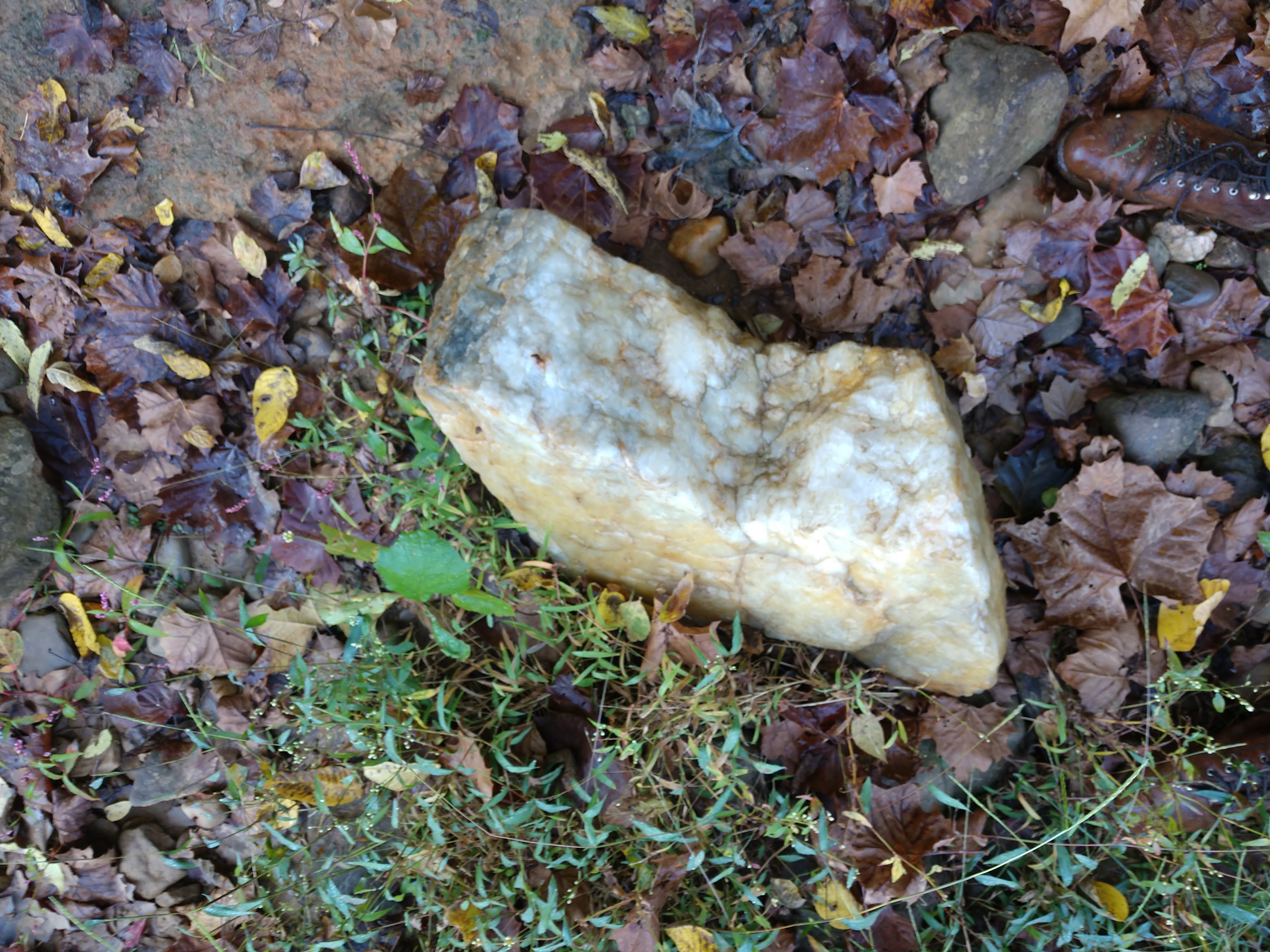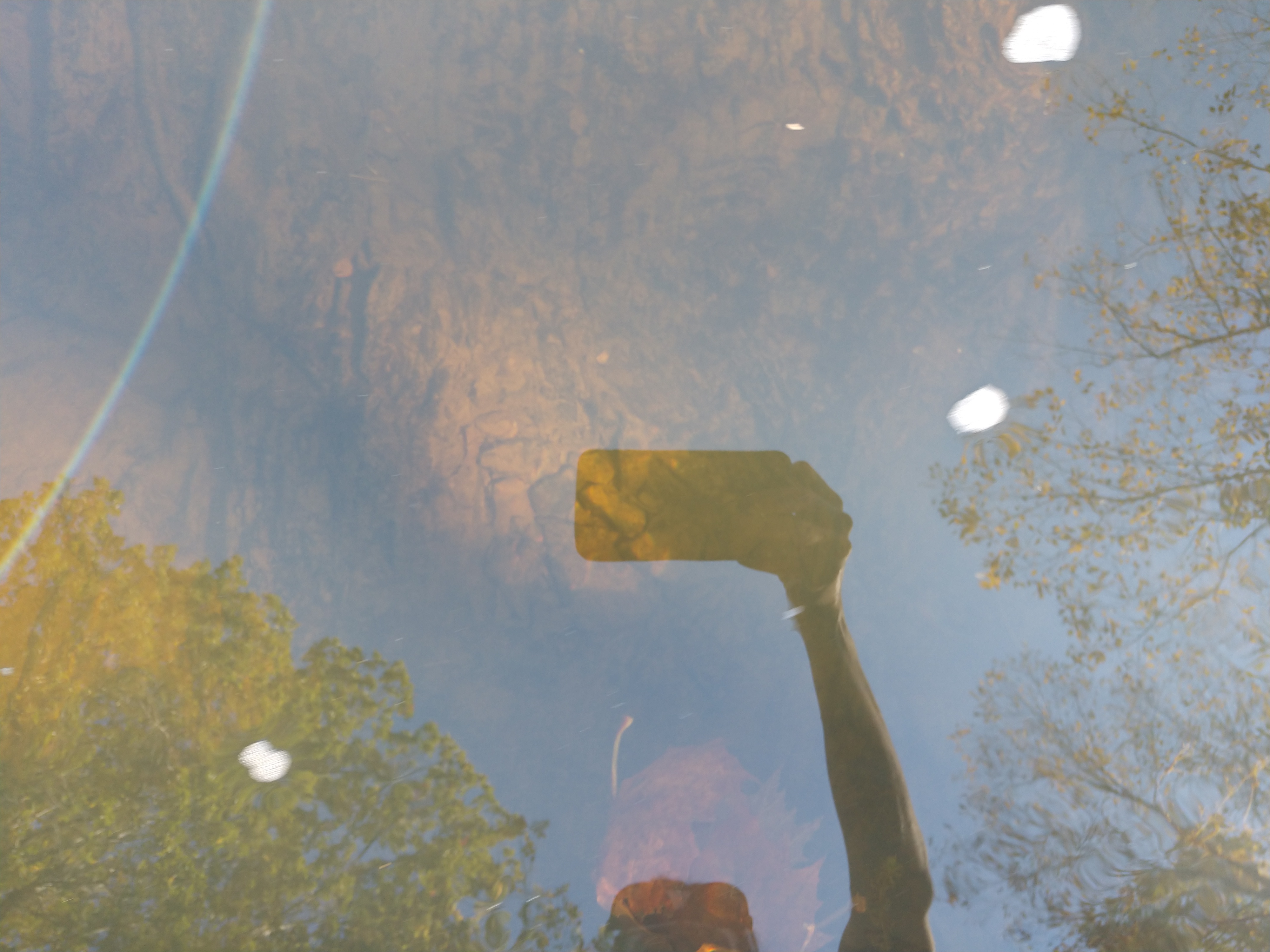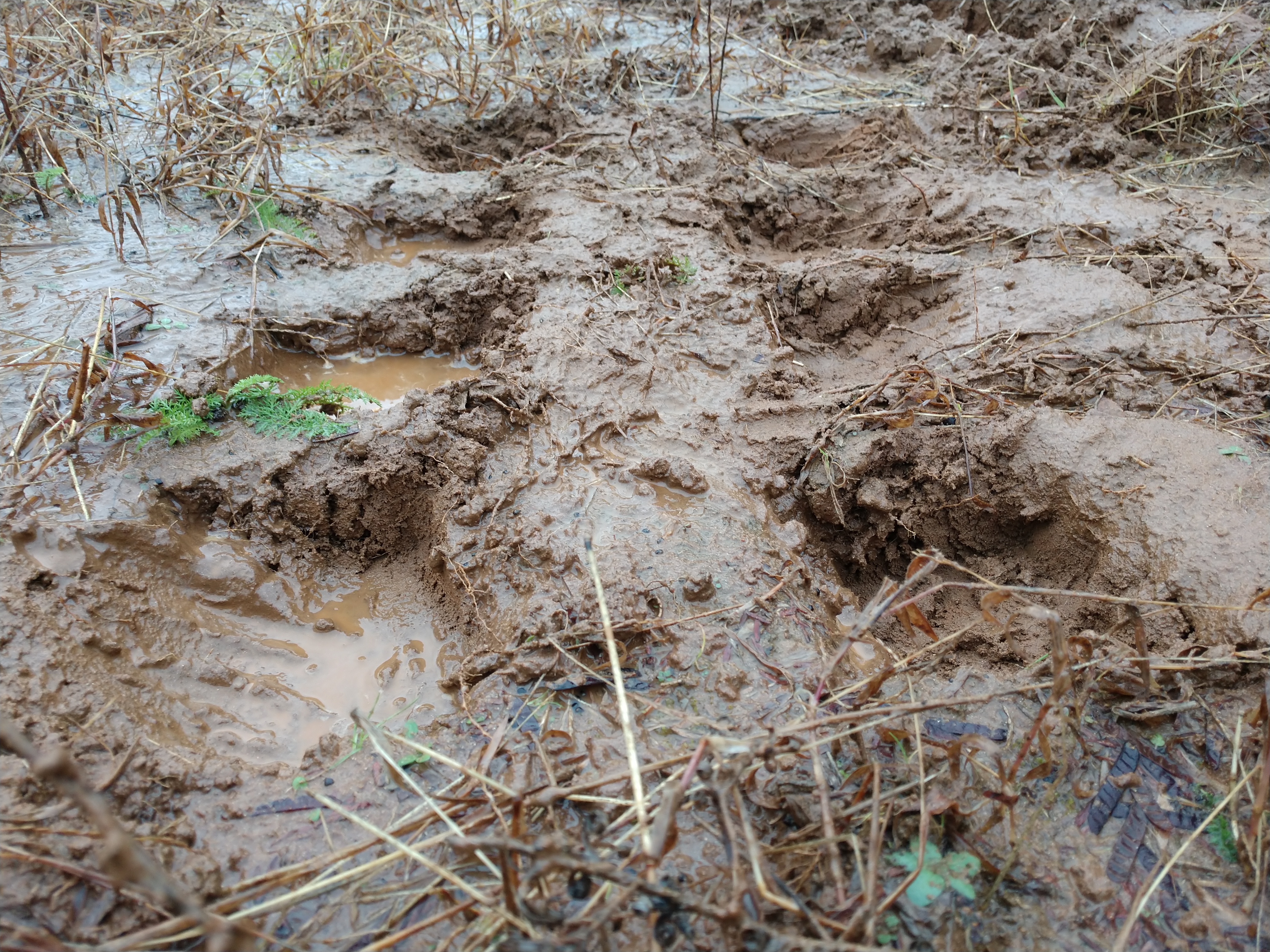DIVINATION
HYDROLOGICAL INSIGHTS THROUGH RITUAL, INTUITION, AND THE OCCULT
divination: the attempt to gain insight into a question or situation by way of an occultic, standardized process or ritual
I studied Milton’s hydrological processes through a deck of cards (suite of tools and methods). I employed ritual and improvisation, remote-sensing and fieldwork, and shifted between scales. This study posits hydrology as something mysterious (something that follows patterns yet cannot be predicted with accuracy) yet something we can attempt to interpret through material and digital means, from remote-sensing to swimming, working back and forth both methodically and improvisationally. In turn, this positions our digital and analog design research methods as something intuitive in addition to methodical, embracing our non-scientificness yet persistent collection of data, results, questions, and artifacts.
I was consistent and sporadic in my methods, both engaging in the same ritual with every visit (weekly collection of water/soil samples and river footage) as well as rotating tools and methods to gain experiential insights (rainy day dirt modeling, locating unmapped waterways, sketching). I employed the help of tools that augment human senses (arduino remote sensing, satellite, drone photography, 3D modeling).
I say insights in that this was an opportunity for me to better understand what is already known through my own means and methods. I say intuition through loose planning of bringing physical tools to the site (shovel, bottles, pick-maddock) and improvisational engagement with mediums (mud, dirt, river water, cracks). I say the occult in that when I recollect how many means, methods, and tools of landscape architecture can be engaged to understand one phenomena (and its tangential offspring), these hybrid methodologies become something that we take for granted yet can be imperceptible, nonsensical, and delightfully strange.
Pick a card.
Background Footage: Jamie Hark, MLA 21’
Many thanks to Theodore Teichman for co-design and ample coding of the arduino project
Many thanks to Land Lab Fall 20’ crew




